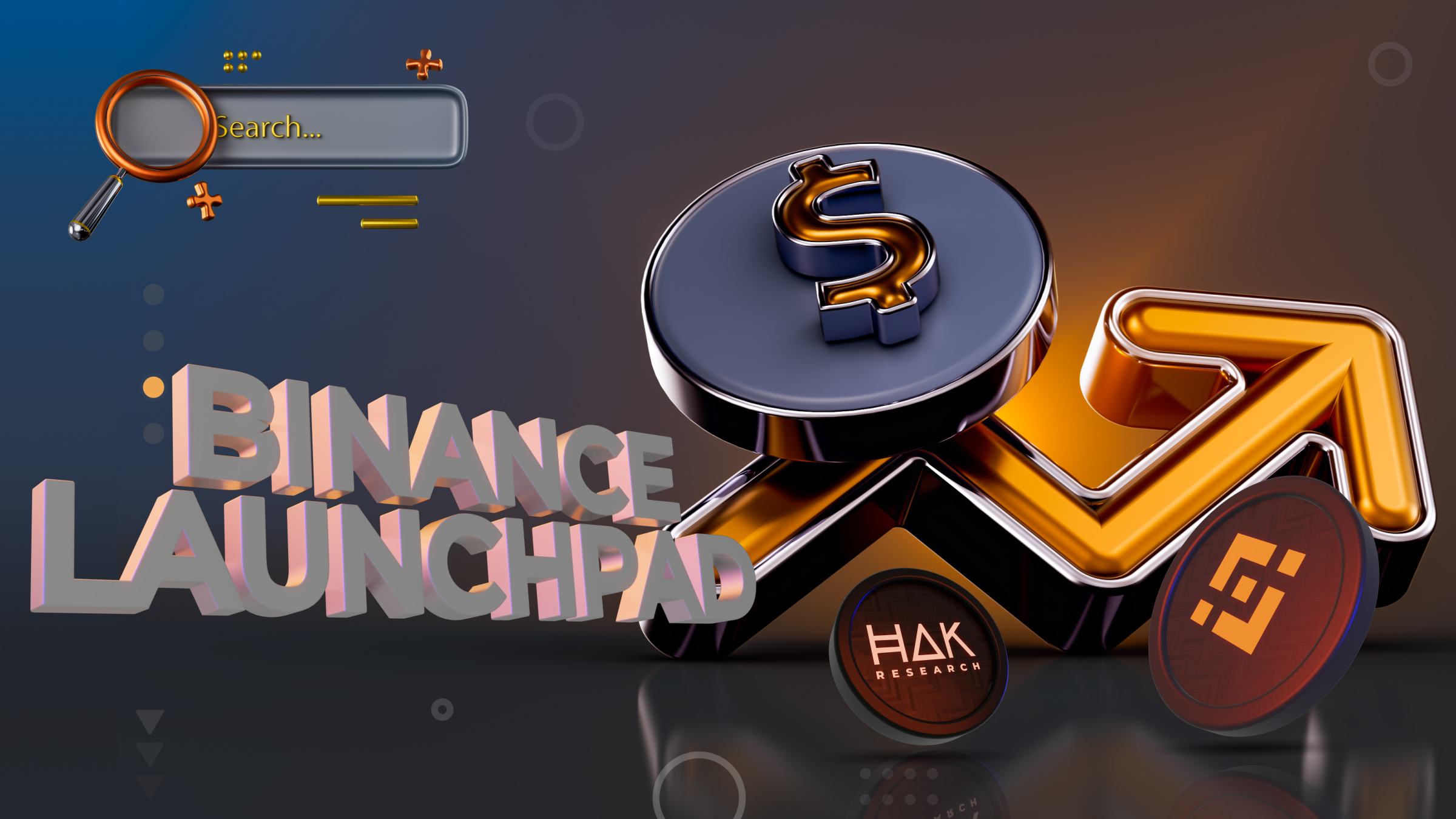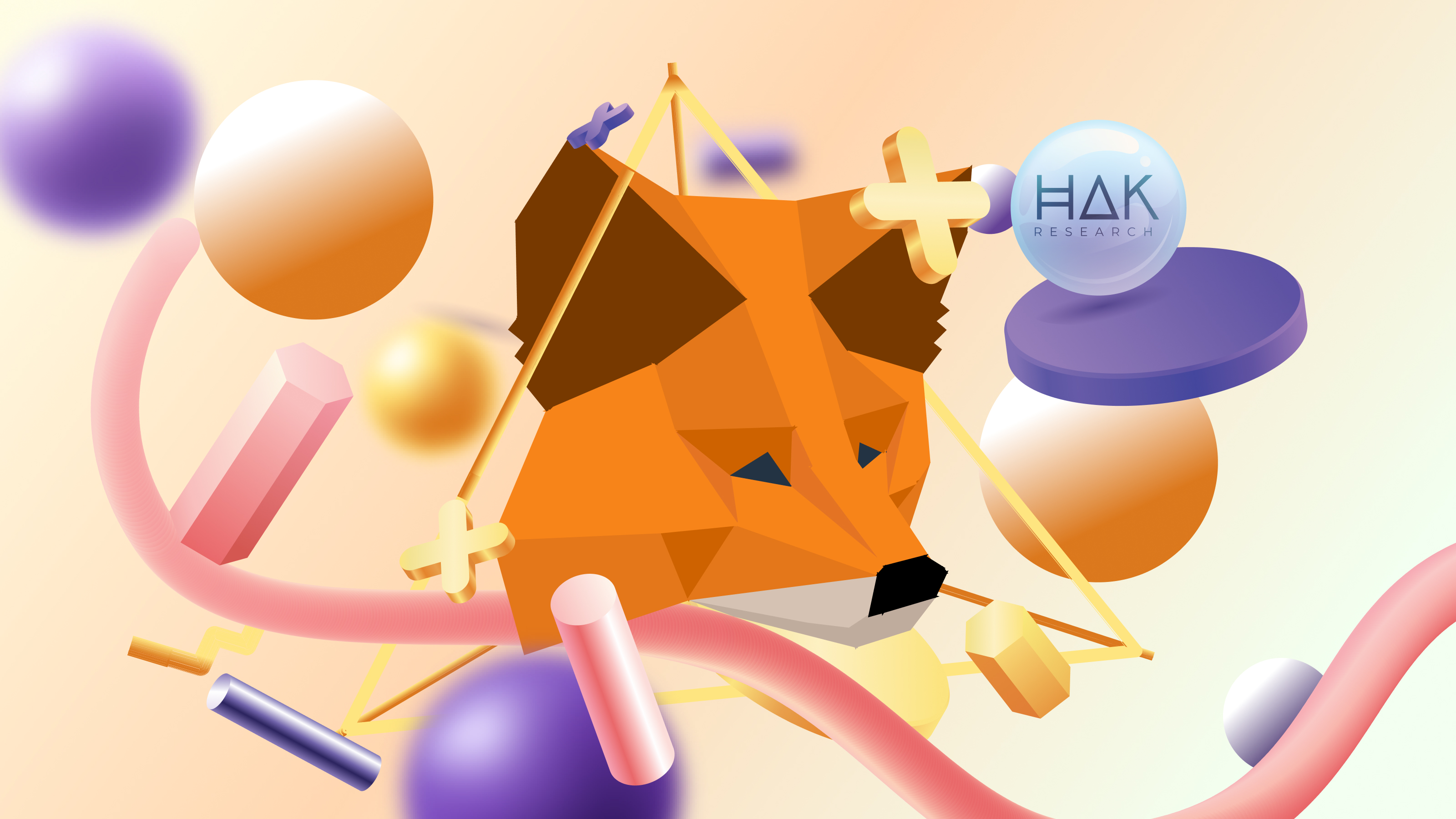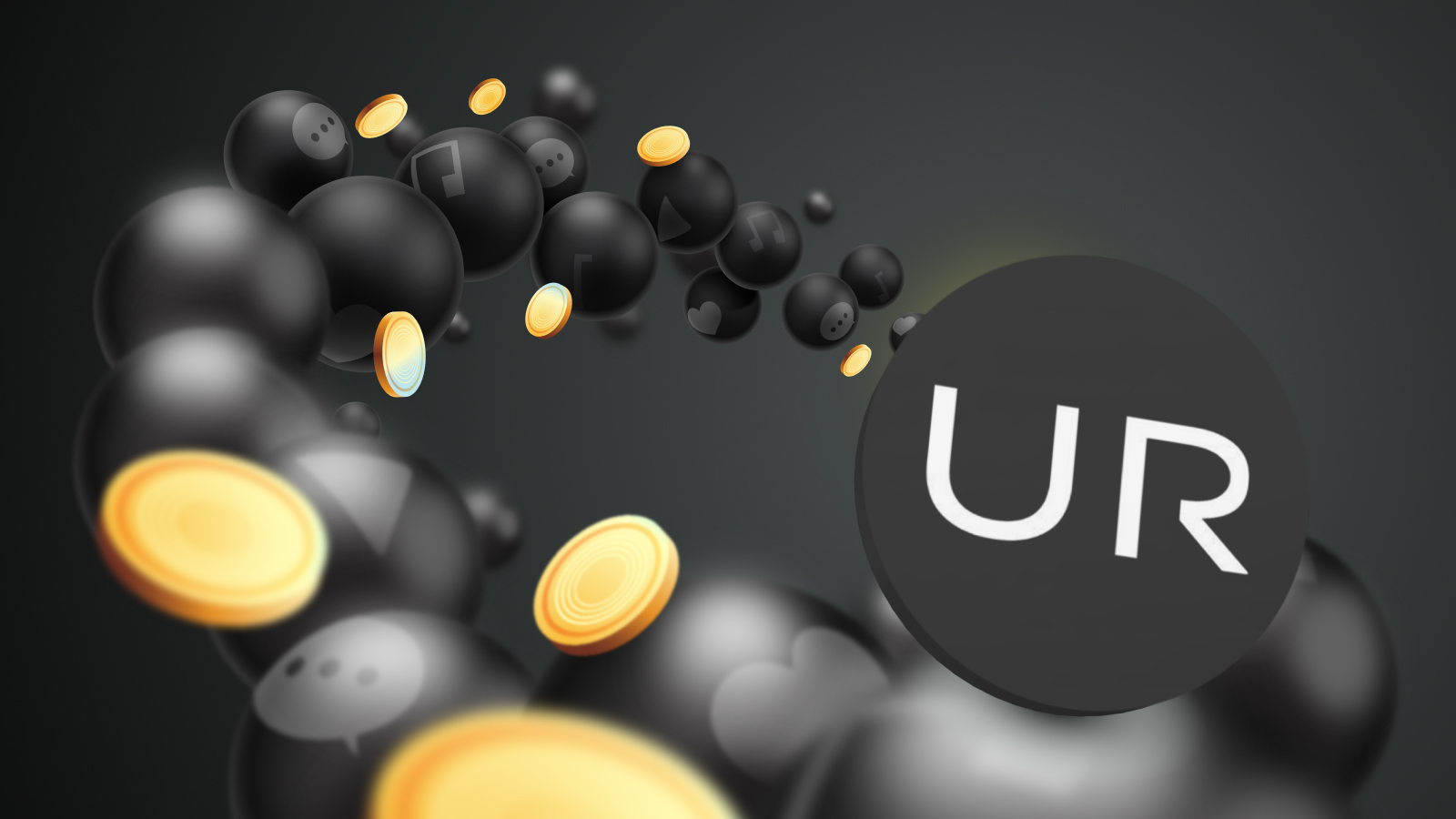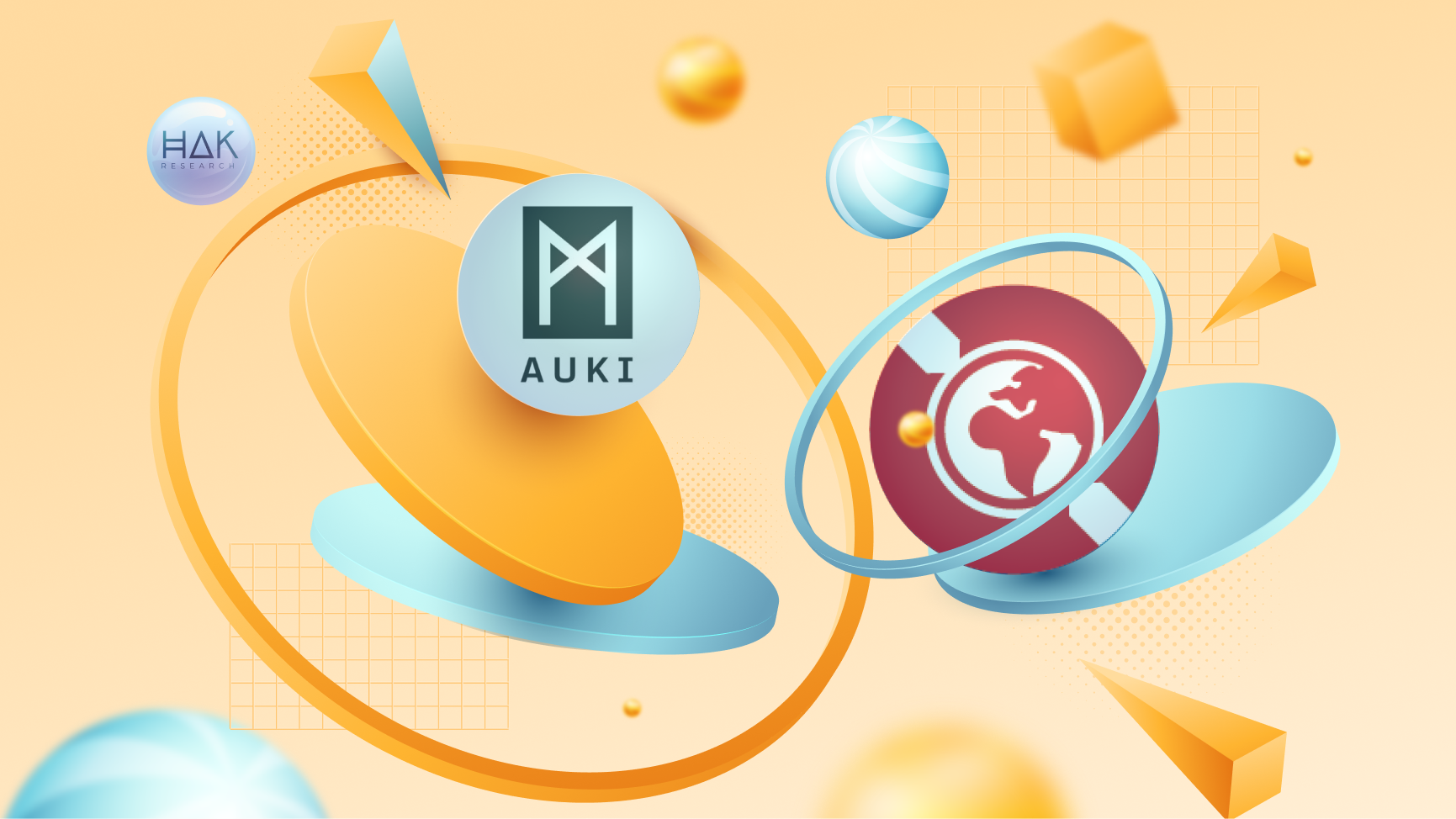
What is OKX Pay? OKX Pay is a Web3 payment wallet developed by OKX exchange, allowing users to transfer digital assets quickly, without intermediaries, with high security and no fees over the X Layer network. OKX Pay deeply integrates with OKX Wallet and DeFi on the X Layer for automatic profit generation with attractive APYs. Let's explore what OKX Pay is and how to use it from A to Z in the article below.
What is OKX Pay?
OKX Pay is a Web3 payment service developed by the OKX exchange. This feature allows users to transfer digital assets quickly, directly on the Blockchain without intermediaries. Unlike traditional money transfer methods through banks or centralized wallets, OKX Pay enables you to send and receive tokens directly through a Web3 wallet, ensuring that asset control always belongs to the user.
OKX Pay currently supports over 100 types of crypto assets across multiple chains like Ethereum, BNB Chain, Polygon, Arbitrum, Avalanche, etc., and especially has compatibility with decentralized wallets like OKX Wallet or other Web3 wallets via Extension or Mobile App.
Notable advantages of OKX Pay:
- Self-sovereignty of assets, no intermediaries: Users have complete control over their wallets and assets. Transactions occur directly on the Blockchain without going through banks or third parties.
- Fast, fee-free transfers over the X Layer: Send USDT/USDC instantly between OKX Pay users without incurring fees, thanks to the integrated X Layer.
- User-friendly interface, easy for beginners: No need to remember Seed Phrases; it uses biometric verification and is easy to recover the wallet if the device is lost.
- High security with MPC technology: Private keys are divided into multiple parts, preventing unauthorized access to the wallet even if part of the information is exposed.
- Automatic profit generation: USDT/USDC balances in the wallet are automatically connected to DeFi protocols on the X Layer to generate profits with attractive APYs, with no asset locking required.
- Seamlessly integrated with OKX accounts: Transfer assets between Pay wallets and exchange accounts quickly without complex procedures.
- Chat directly on Pay: Users can message or notify other users of money transfers right within Pay without needing to screenshot and switch to another platform to send messages.
- Transfer money via contacts: Users can connect and transfer assets to acquaintances easily and conveniently through contacts.
Complete Guide to Using OKX Pay
Setting Up an Account on OKX Exchange
- Step 1: Visit: https://www.okx.com/vi
- Step 2: Download the OKX app on your phone or computer or register an account on the OKX Website.
- Step 3: You can refer to the guide on creating and managing an OKX account HERE.
Setting Up Pay Passkey
- Step 1: After successfully setting up your OKX account and depositing money into the exchange as per the instructions above, select [Pay] from the mode menu at the top of the app.
- Step 2: On the main product screen, select [Start], then choose [Activate Pay]
- Step 3: Select [Set up passkey] and confirm security to set up Passkey for Pay.
Depositing Money into Pay
- Step 1: After setting up your Passkey, select [Deposit] to deposit crypto into Pay.
- Step 2: Here, there are two options: Add from Exchange and Receive on Blockchain for users to choose a suitable method. Since I have already deposited money into the exchange, I will choose [Add from Exchange].
- Step 3: Enter the USDT balance and select [Next] to proceed with the asset deposit.
- Step 4: Verify the Passkey to confirm the transfer transaction and complete it.
- Step 5: Keep assets on Pay to earn APY automatically (up to $10,000), check rewards in the “Rewards” section.
Withdrawing Money from Pay
- Step 1: To withdraw money from Pay, select [View Balance Details] on the main screen.
- Step 2: Select [Payment] and choose the appropriate withdrawal method. Here I will choose [Transfer to Exchange].
- Step 3: Select the crypto you wish to transfer, enter the balance, then select [Next].
- Step 4: Review the transaction and then select [Transfer] and confirm security to proceed with the asset withdrawal.
Transferring Money to Acquaintances
- Step 1: On the main screen, select Pay with the $ symbol.
- Step 2: Enter the amount you want to transfer and select [Next].
- Step 3: Select the person you want to send money to; you can connect your phone contacts to transfer money.
- Step 4: Review the transaction and select [Payment] to proceed with sending the money. Note: If the recipient does not activate Pay within 48 hours, the payment will be returned to the sender's Pay balance.
Outstanding Features of OKX Pay
OKX Pay offers many outstanding features that make managing and using crypto easier than ever, particularly for beginners. Users can transfer money globally without borders with just a few steps – for example, sending USDT to your friends or family internationally without incurring fees if using the X Layer network. Transactions occur instantly, without intermediaries, and can include personal messages just like in popular payment apps.
In addition, OKX Pay will soon support over 100 Blockchains like Ethereum, Tron, Arbitrum, allowing you flexibility in choosing the appropriate network for your needs. The wallet is integrated within the OKX application, so you do not need to install an external wallet. Regarding security, OKX Pay utilizes MPC (Multi-Party Computation) technology, helping to split private keys and eliminate the need to memorize a Seed Phrase. The backup feature on iCloud or Google makes it easy to recover the wallet if the device is lost. Moreover, users can also receive automated rewards on their balance thanks to the passive rewards accumulation system, enhancing profits without any extra steps.
Conclusion
OKX Pay is not only a tool for generating profits automatically with attractive APYs on the X Layer but also a perfect solution for easy crypto payments, enabling asset transfers through contacts. Users can easily manage, send, and receive assets or earn interest from USDT/USDC without needing specialized technical knowledge.


















